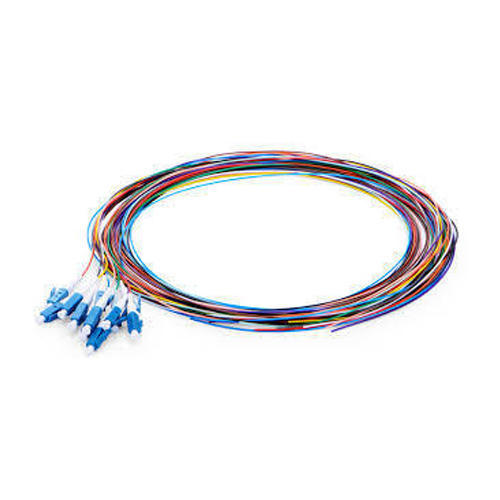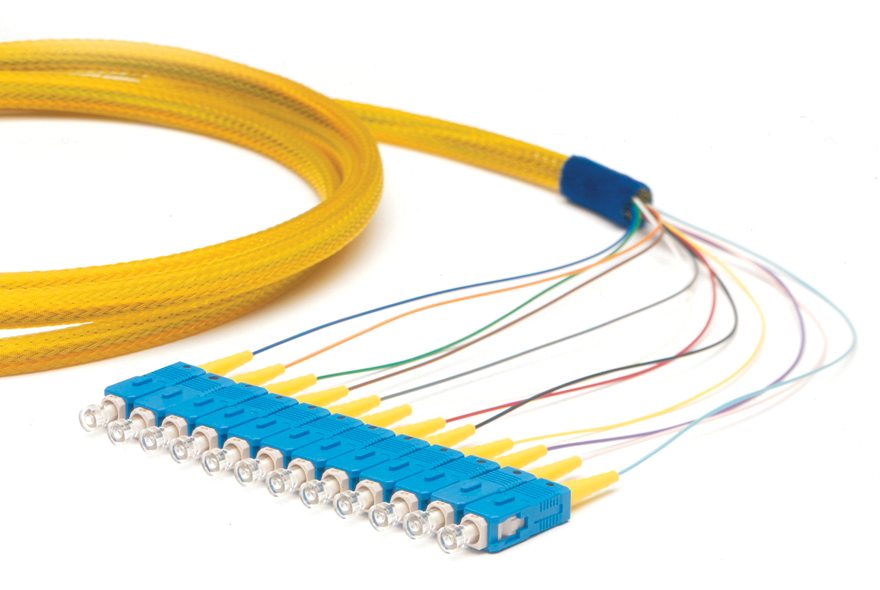A fiber optic pigtail like an LC pigtail is a particular kind of cable that has free wires at one end and a connection at the other. While the other side is fused with more optical cable fibers, the connector side is connected to the apparatus.

This article will assist you in understanding the key distinctions between fiber patch cords and fiber pigtails if you are uncertain about them. Pigtails and patch cords vary primarily in that patch cords have two connectors terminated on both ends, whereas pigtails have one connection terminated on one side and bare fibers on the other. Let’s look at how these assemblies are utilized and differentiated in greater depth.
Fiber Pigtail – what is it?
An optical connection is often pre-installed at one end of a fiber pigtail, while the other end is left bare for fusion splicing to another fiber. Connectors for pigtails can be male or female. To splice fiber pigtail, they are often de-jacketed. After being protected with mechanical or thermal splice joint protection in a fiber splice tray, they are then re-jacketed.
Fiber Patch Cord: What Is It?
An electrical or optical fiber cable commonly referred to as a patch cord or patch lead is used to link one electronic or optical equipment to another. A patch cord’s connections might have the same type of connector installed at both ends, or they can have different types. For instance, an SC connector may be installed at both ends, or it may be installed at one end and an LC connector at the other. They are jacketed (12 fibers).

How Are Connectors Tested?
Pigtails and patch cords may easily be examined for continuity—that is, if light enters one end and exits the other—using a light source. Patch cords are often ordered as unjacketed patch cables, tested with a light source, and then cut in two sections to create two pigtails like SC pigtail because if they don’t, a break or obstruction is stopping the light from propagating. When shopping for this kind of equipment, there are a lot of alternatives, which makes it challenging to narrow down the possibilities because of the product quality, price, or even delivery timeframes that go over your deadlines.











